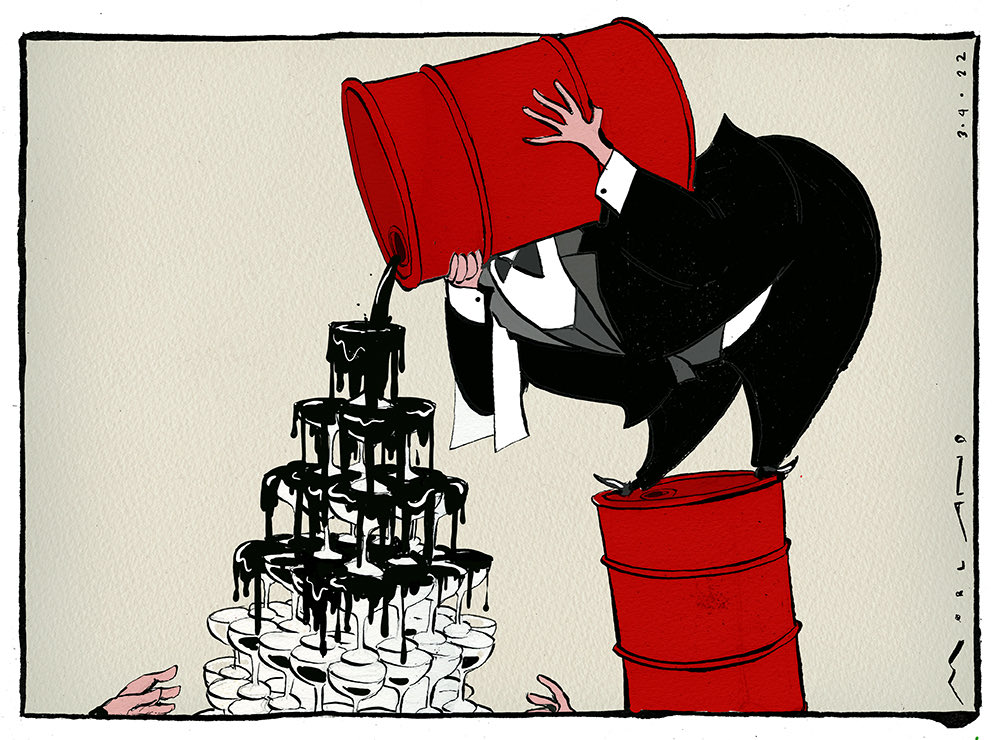
Of course! All about rage and hate farming by Alberta cons. AUC’s review was intentionally waste of time and money with its results obvious to 5 year-olds, including petro-polluter Danielle Smith and her TBA led UCP – before they banned renewables in Alberta, likely under orders from petro polluter worshipping Steve Harper.
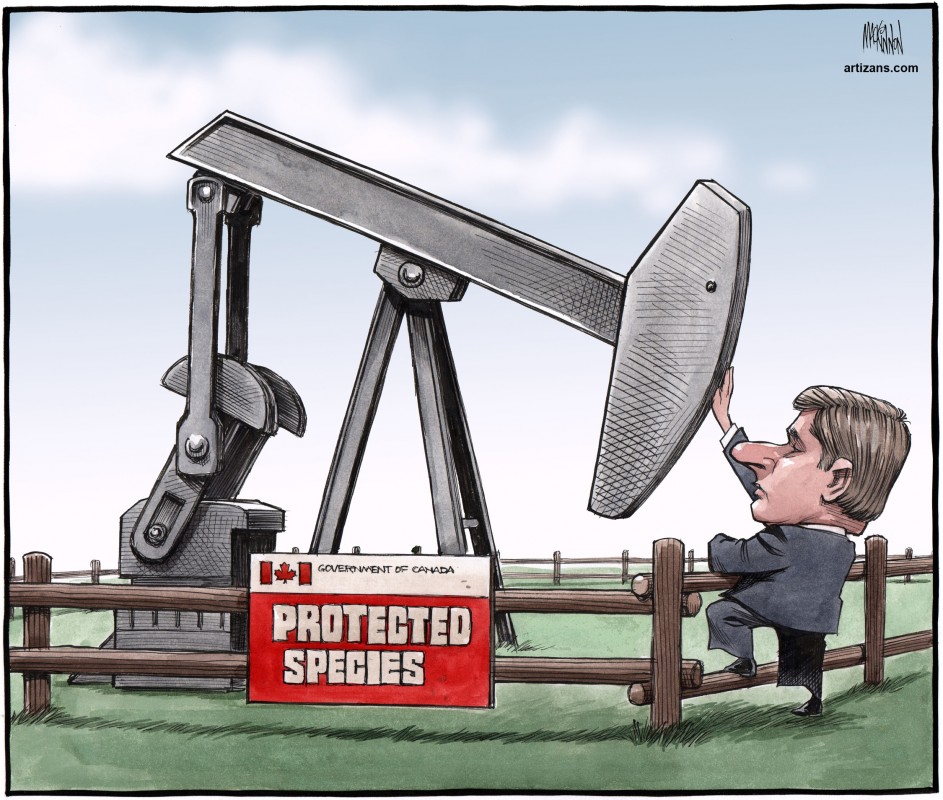
Study finds renewable energy footprint light on agricultural lands, Alberta Utilities Commission says wind and solar would have less impact than petroleum sector by Alexis Kienlen, April 8, 2024, Alberta Farm Express
Alberta’s booming renewable energy sector poses little threat to agriculture or the environment, stated the Alberta Utilities Commission in a report released in mid-March.
“After doing a comprehensive review on the agricultural impact, the AUC found there were no significant concerns for agriculture or the environment from renewables. In fact, they found that existing protections are enough to ensure that agricultural land is protected,” said Jorden Dye, director of the Business Renewable Centre, a side project of the Pembina Institute.
Renewable developments include wind and solar energy projects.
The AUC report found that even if all renewable developments were located on some of Alberta’s best land, the percentage of agricultural land lost is estimated at less than one per cent by 2041. The AUC report is the first of two the United Conservative government has asked the commission to produce for its inquiry into Alberta’s booming solar and wind power industry.
The report was released after the government removed its six-month moratorium on approvals for new projects.
Dye’s organization also reported that low amounts of high-quality agricultural land are affected by renewable energy projects. The centre commissioned a Geographical Information System report and found the largest driver of agricultural land loss is pipelines, which used 1,800 hectares between 2019 and 2021.
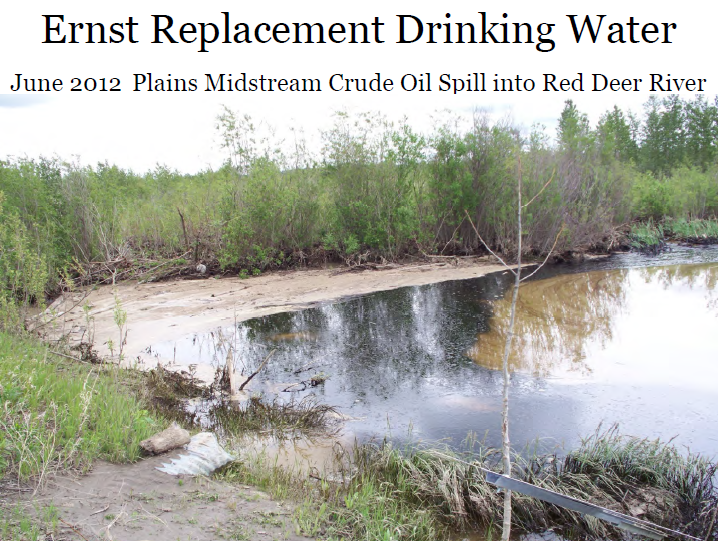
Urban development is also a threat.
“When you look at industrial sites and urban development, they are typically taking a large percentage of class two land, whereas solar and wind projects are using class three and lower,” said Dye.
It is important to think about the total amount as well as the quality of farmland lost, he added.
“If we look at it like that, other sites such as pipeline and industrial sites are placing far more pressure on a farming region than renewable energy.”
Dye said both the provincial government and the public had concerns about land use but according to findings from the AUC report, solar and wind projects are not taking up high value agricultural land.
“In fact, no solar project to date was on prime farmland. For wind projects, it’s only about 63 hectares that have been impacted and they only use about five per cent of their typical lease. If we look out to the future and estimate all the solar we would need for a net zero grid, one University of Calgary study calculated that it would take just 0.08 per cent of Alberta’s agricultural land to get all the solar that we need.”
![]() Ever seen wind or solar do this?
Ever seen wind or solar do this?
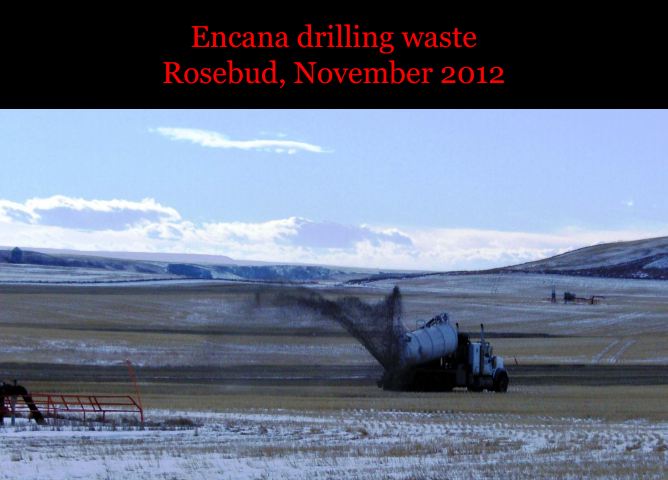
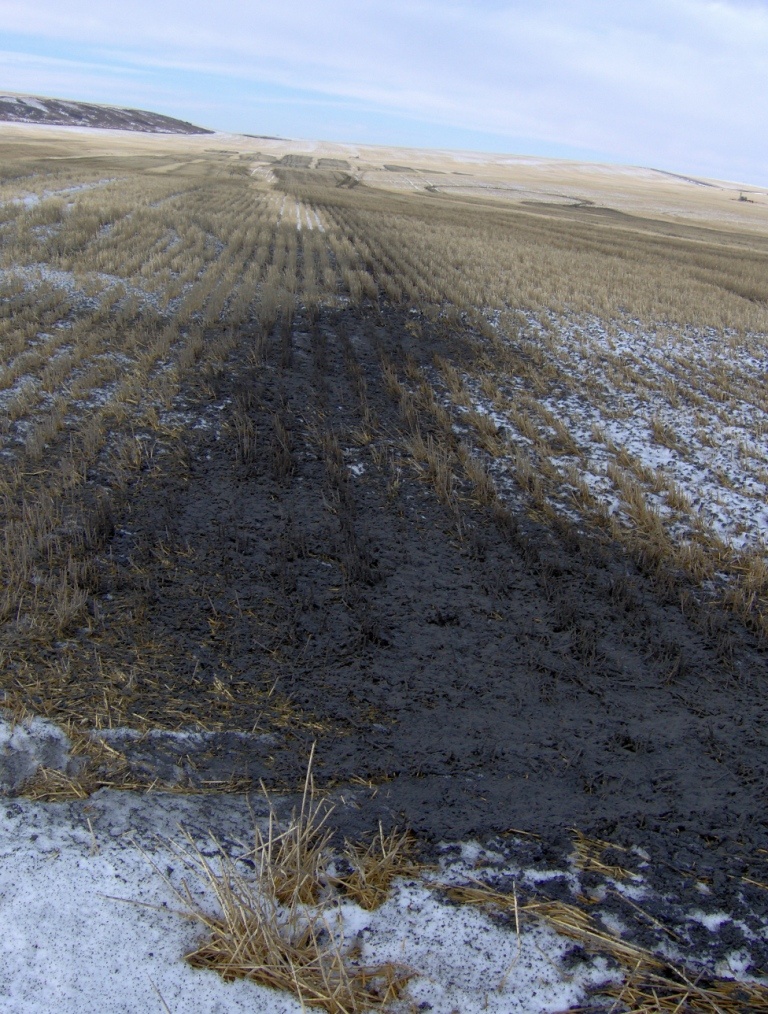
Encana/Ovintiv waste dumping on prime agricultural land at Rosebud Alberta.
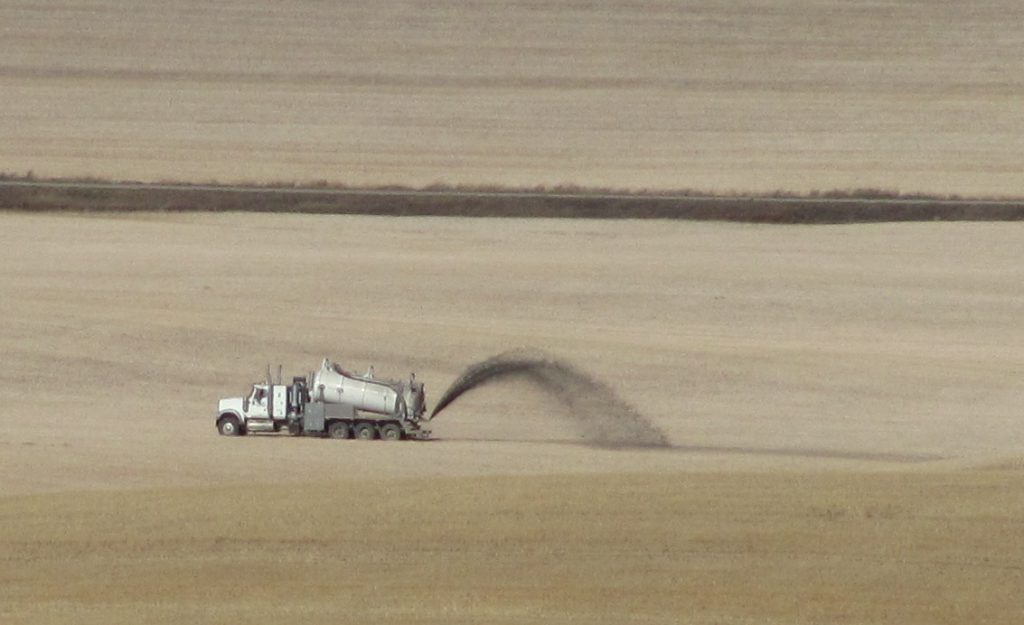

This toxic pollution dumping practice, complete with secret frac chemicals, by the oil and gas industry in Canada, which also contaminates surface and groundwater from spring run off and storms, is common on Alberta’s best agricultural lands, with farmers rarely saying peep, because they make so much money off petro leases (but not really, because guess who’s stuck with clean up?) and have been so brutally propagandized by oil and gas companies, CAPP, and UCP/con politicians pimping for polluters.![]()
Wind and solar projects are built on marginal land, using class three or below.
“In terms of where they are being built and what we need, there is not pressure on agricultural land from renewables,” Dyer said.
The AUC report examined concerns that solar and wind facilities could leave landowners and the public with bills for reclamation after the projects are finished.
“Compared to some other forms of industrial development, renewable power plant projects have well understood and relatively contained reclamation risks,” it said. “The risks associated with groundwater and off-site contamination are generally low.”
Dye said risks must be considered in context.
“Any type of development faces some type of cleanup at the end of its life.”![]() I’d rather clean up solar panels on my land, than this toxic frac blow out at Innisfail, Alberta (even the trees were dripping in toxic frac brew):
I’d rather clean up solar panels on my land, than this toxic frac blow out at Innisfail, Alberta (even the trees were dripping in toxic frac brew):![]()

The renewable industry has been operating through contracts with landowners. Most of those contracts include reclamation clauses, which landowners can specifically request.
Dye also noted that renewables are different from the traditional energy sector because what eventually wears out is the equipment, rather than the energy resource itself. That means there’s a build-in incentive to reclaim the site for new energy generation projects.
“With renewable energy, at the end of life for that project, you actually just have 50 years of great data on how much energy can be generated there,” he said.
The AUC report found that most wind and solar sites are likely to be concentrated in southern Alberta.
![]() Solar and wind don’t do this either:
Solar and wind don’t do this either:
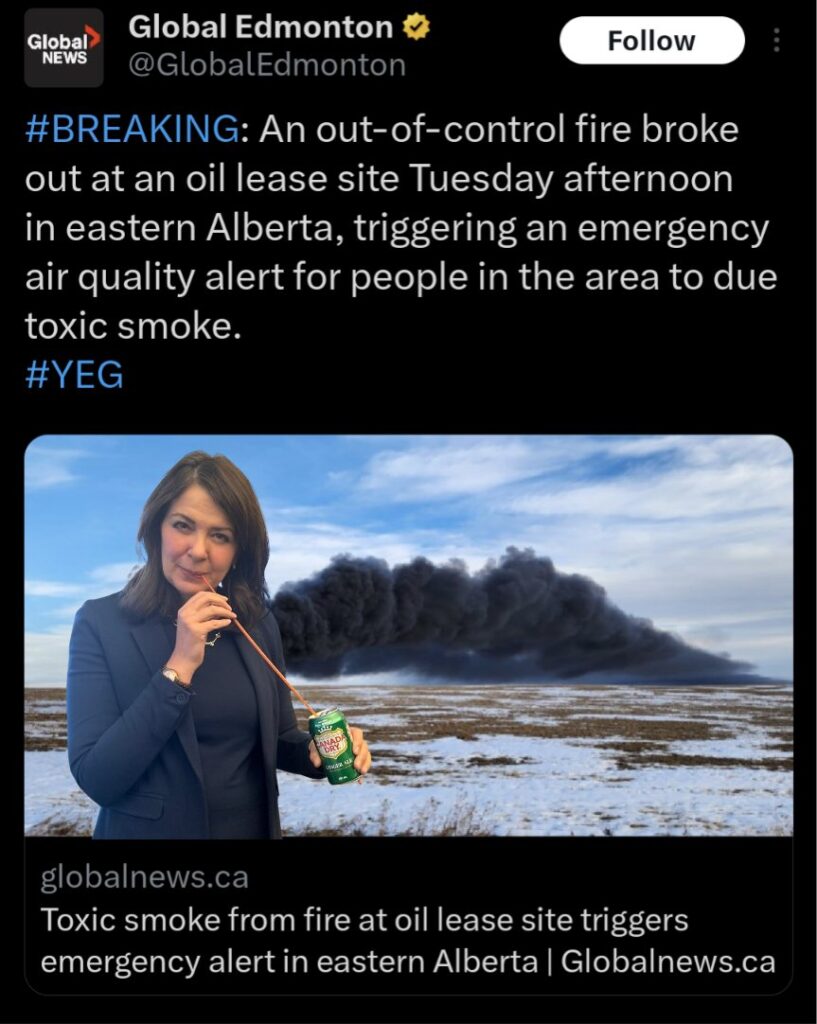
Or this:
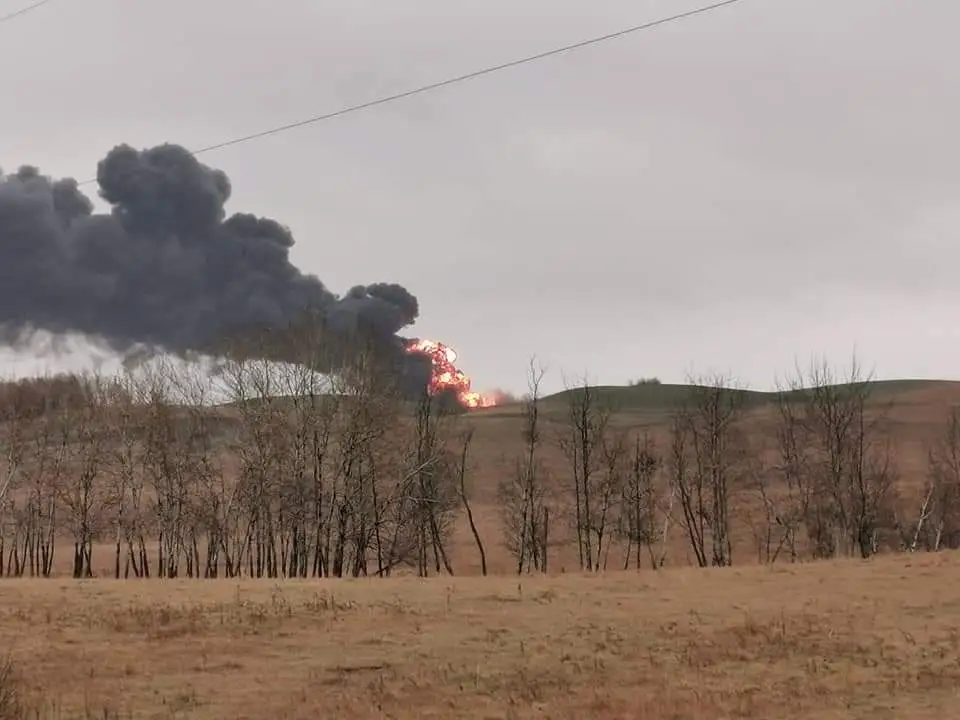
Or this:
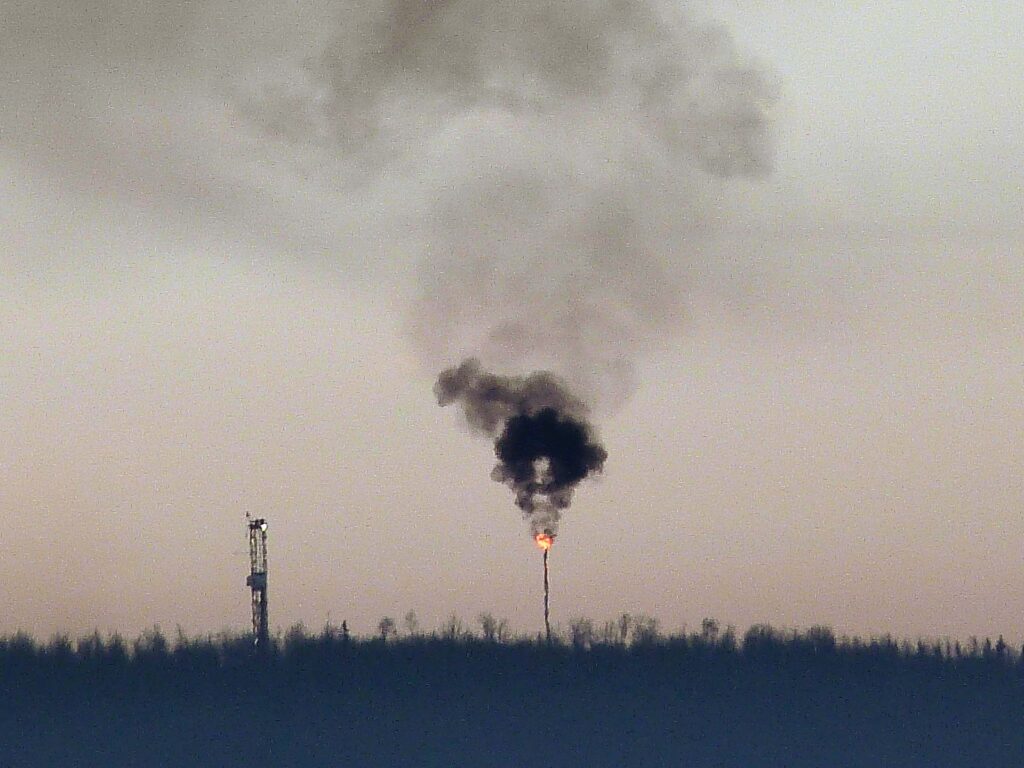
Or this:

Encana’s deadly sour gas frac blow out, so deadly, AER put up their emergency response headquarters hundreds of kilometres away.
Or this:
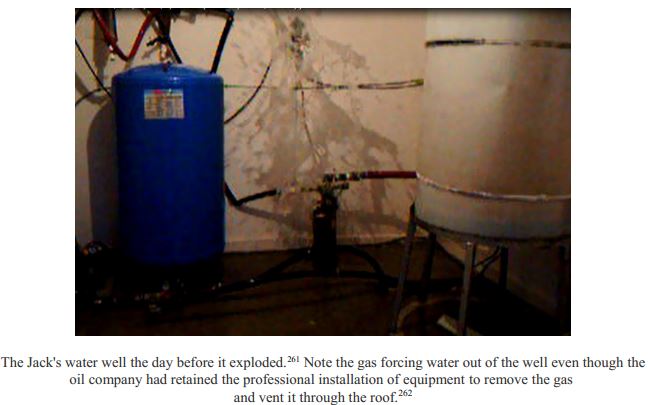


Or this:

Ernst’s drinking water after Encana/Ovintiv illegally frac’d Rosebud’s drinking water aquifers that have not yet been fixed, and her water not yet cleaned up, 21 years already.
Or this:
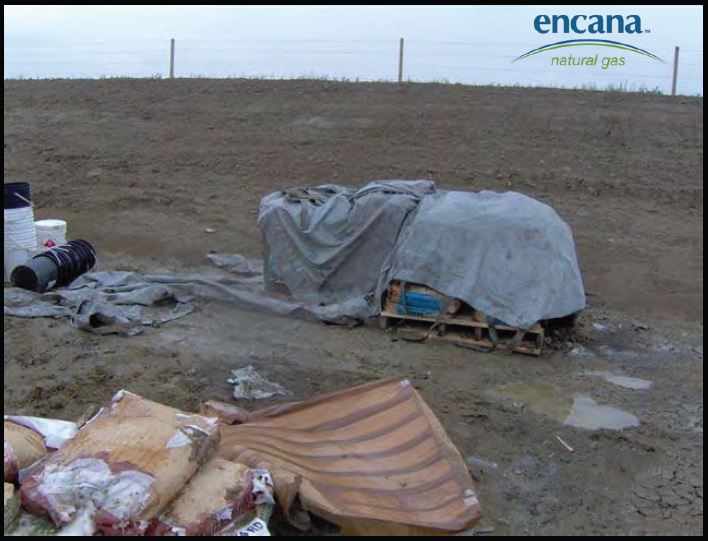
Encana/Ovintiv’s chemicals in the rain at Rosebud
Or this:

Or this:

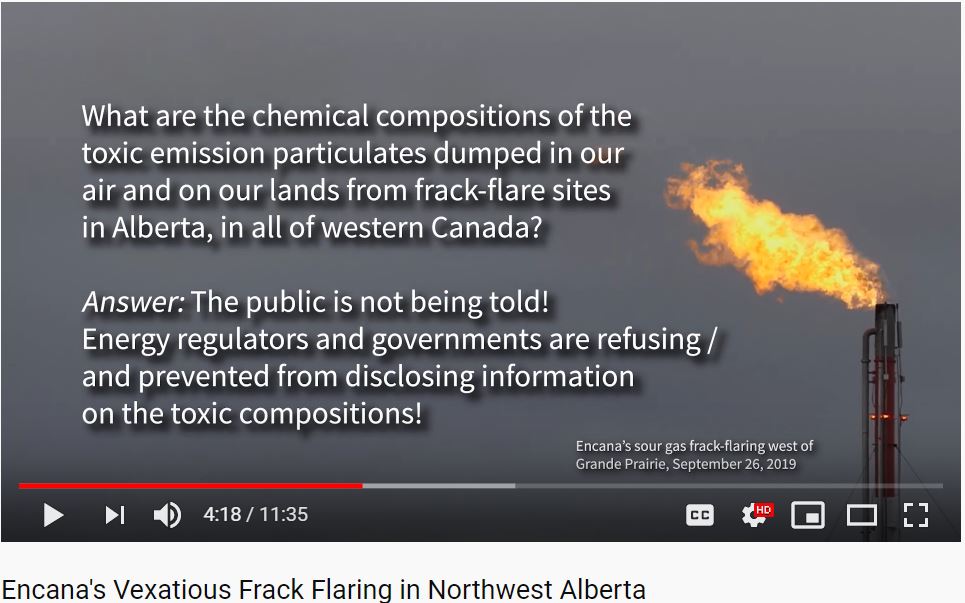
Or this:
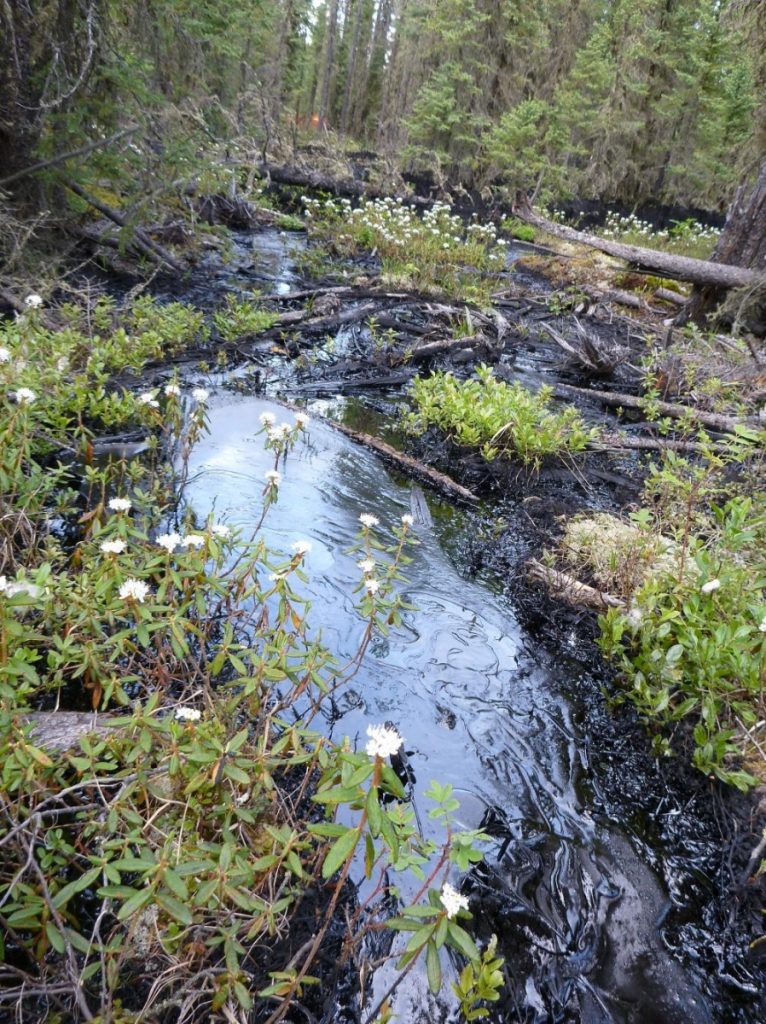
Bitumen blow out to surface from undergound SAGD (steam assisted frac’ing), which contaminated groundwater that has not yet be cleaned up.![]()
In 2008, the Stelmach government began the process of building transmission lines to those areas for renewable energy, which concentrated the development. Now developers are beginning to look for locations outside this area, Dye said.
His organization reviewed municipal tax information last year, and found 18 of Alberta’s local governments have renewable projects within their boundaries.
“Within the next four years, that’s going to rise to 33 municipalities, up into central Alberta, as well as southern Alberta,” Dye said.
The AUC report called for more research on combining agriculture and renewable energy.![]() The research has already been done. Why duplicate it? Isn’t Alberta supposed to be all about reducing red tape? Put solar panels over market gardens, ranches, let livestock graze under them. Farming under panels can dramatically reduce watering and provides much needed shade and wind protection for livestock and vegetables. Covering irrigation canals with solar panels reduces water loss through evaporation and provides energy. These wise common sense practices have been shown effective in many parts of the world already, including in China and Alberta’s oil patch polluting twin sister, Texas.
The research has already been done. Why duplicate it? Isn’t Alberta supposed to be all about reducing red tape? Put solar panels over market gardens, ranches, let livestock graze under them. Farming under panels can dramatically reduce watering and provides much needed shade and wind protection for livestock and vegetables. Covering irrigation canals with solar panels reduces water loss through evaporation and provides energy. These wise common sense practices have been shown effective in many parts of the world already, including in China and Alberta’s oil patch polluting twin sister, Texas.![]()

In February, when the government lifted the moratorium on renewable project approvals, it also announced new restrictions.
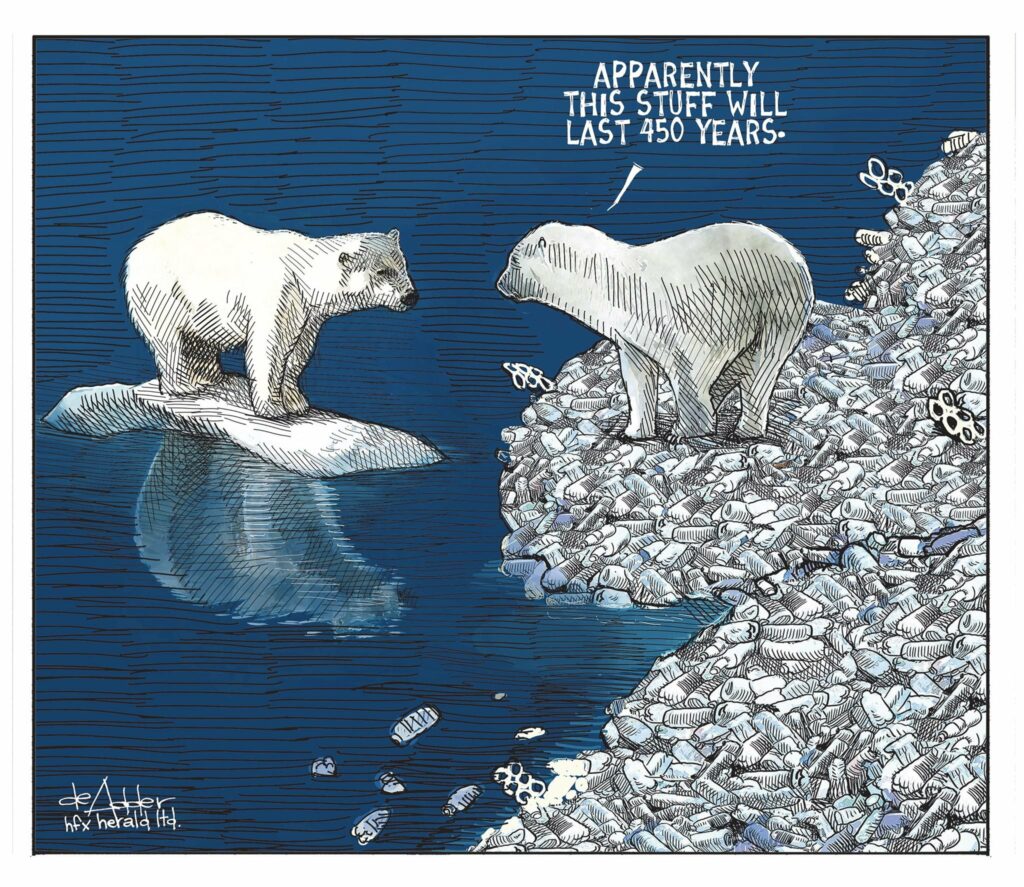
![]() Solar and wind do not produce deadly plastic, one of the oil and gas industry’s nastiest pollutants.
Solar and wind do not produce deadly plastic, one of the oil and gas industry’s nastiest pollutants.![]()
Under those rules, wind and solar are not allowed on Alberta’s best farmland. The restrictions also impose a 35 kilometre buffer around protected areas and “pristine viewscapes,” which some estimate would prevent development in more than two-thirds of the province, especially in the south, where wind and sun are strongest.![]() Of course, that’s the derangement of UCP and TBA. Zero common sense, because it’s just about protecting deadly petroleum and coal polluters, and allowing them to permanently destroy drinking water for millions and kill and or severely injure workers
Of course, that’s the derangement of UCP and TBA. Zero common sense, because it’s just about protecting deadly petroleum and coal polluters, and allowing them to permanently destroy drinking water for millions and kill and or severely injure workers![]()
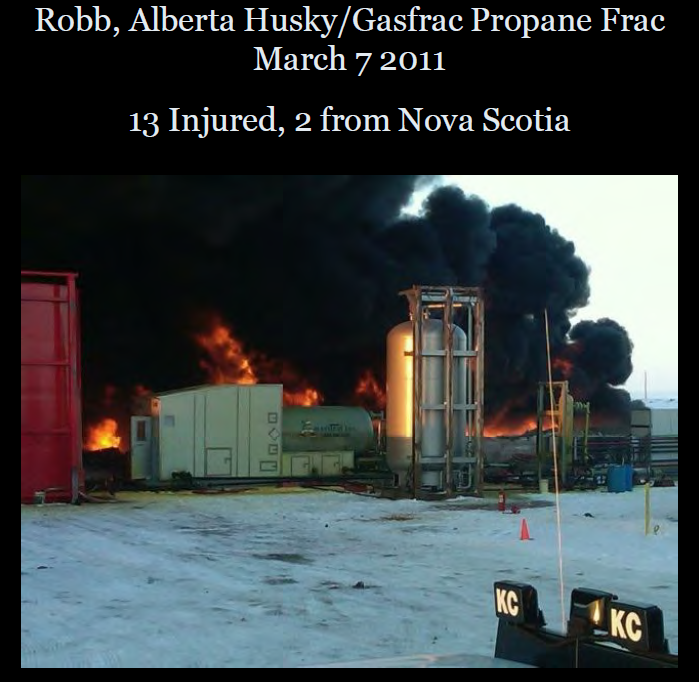
Others have estimated the restrictions would affect 42 wind and solar projects, which represent about $11 billion in investment.
“Sadly, there’s a large potential for negative impact from municipalities losing out on tax revenue and farmers losing a potential source of revenue for their farms that can help anchor family farms,” said Dye.![]() Reforma-Con Stupidity runs deep in rural Alberta and Saskatchewan, fed by petroleum company and their enabling politician (including NDP) lies and abuses over decades
Reforma-Con Stupidity runs deep in rural Alberta and Saskatchewan, fed by petroleum company and their enabling politician (including NDP) lies and abuses over decades![]()
“I’d just like to highlight, it’s no accident that the highest electricity prices we see is when there’s less renewable energy on the grid.”
Dye said more renewables would reduce the price of energy for Albertans.
